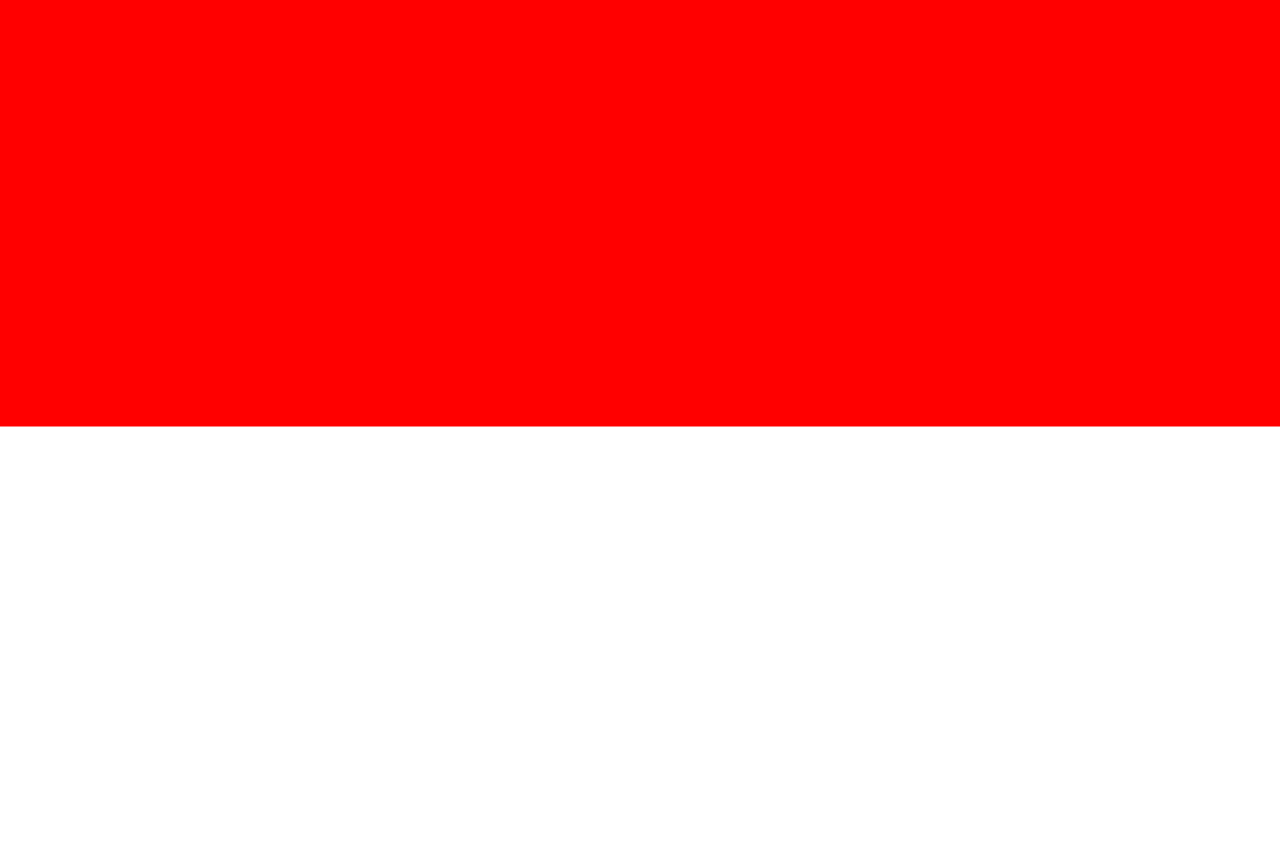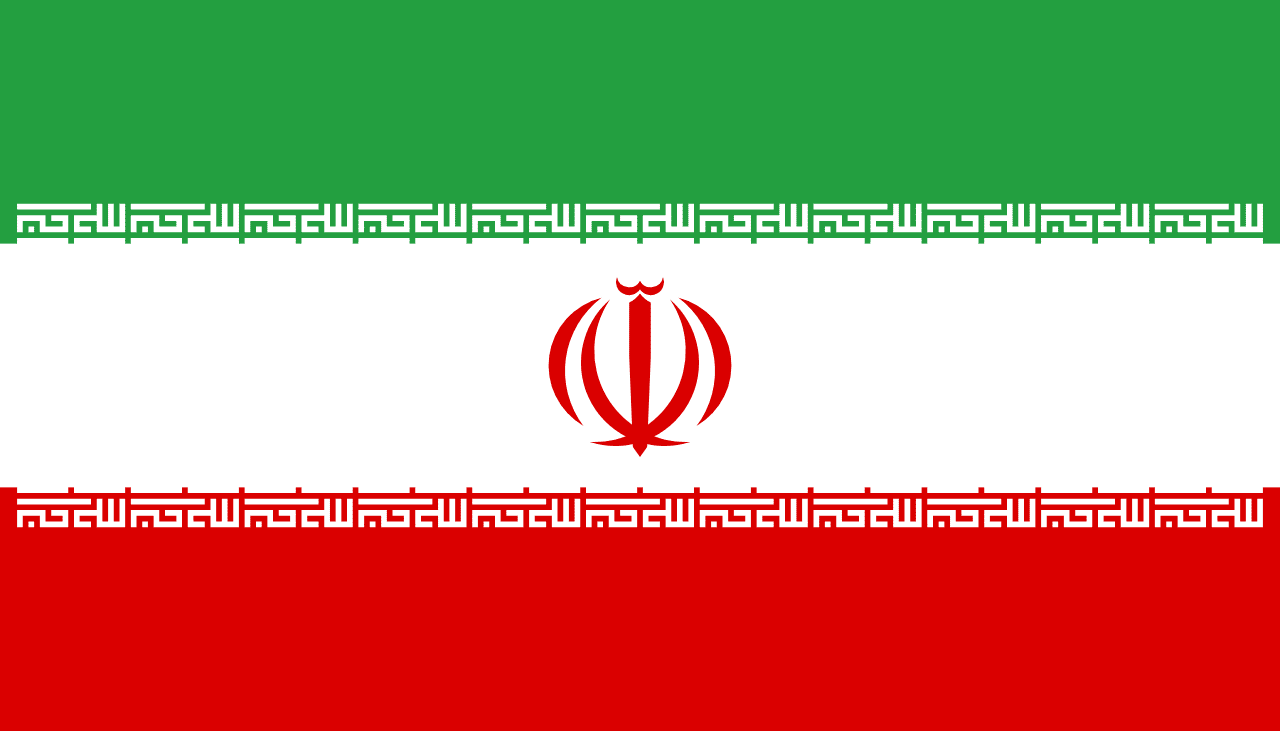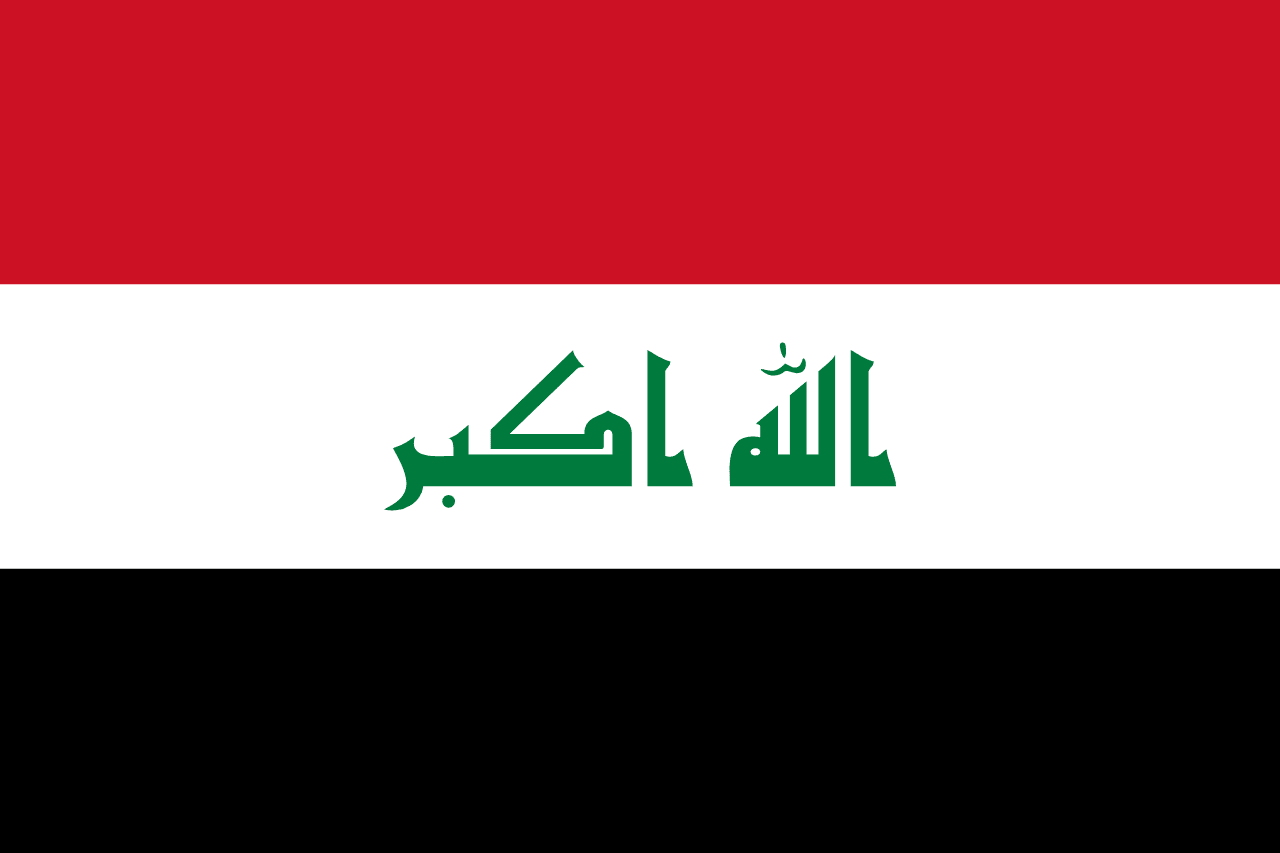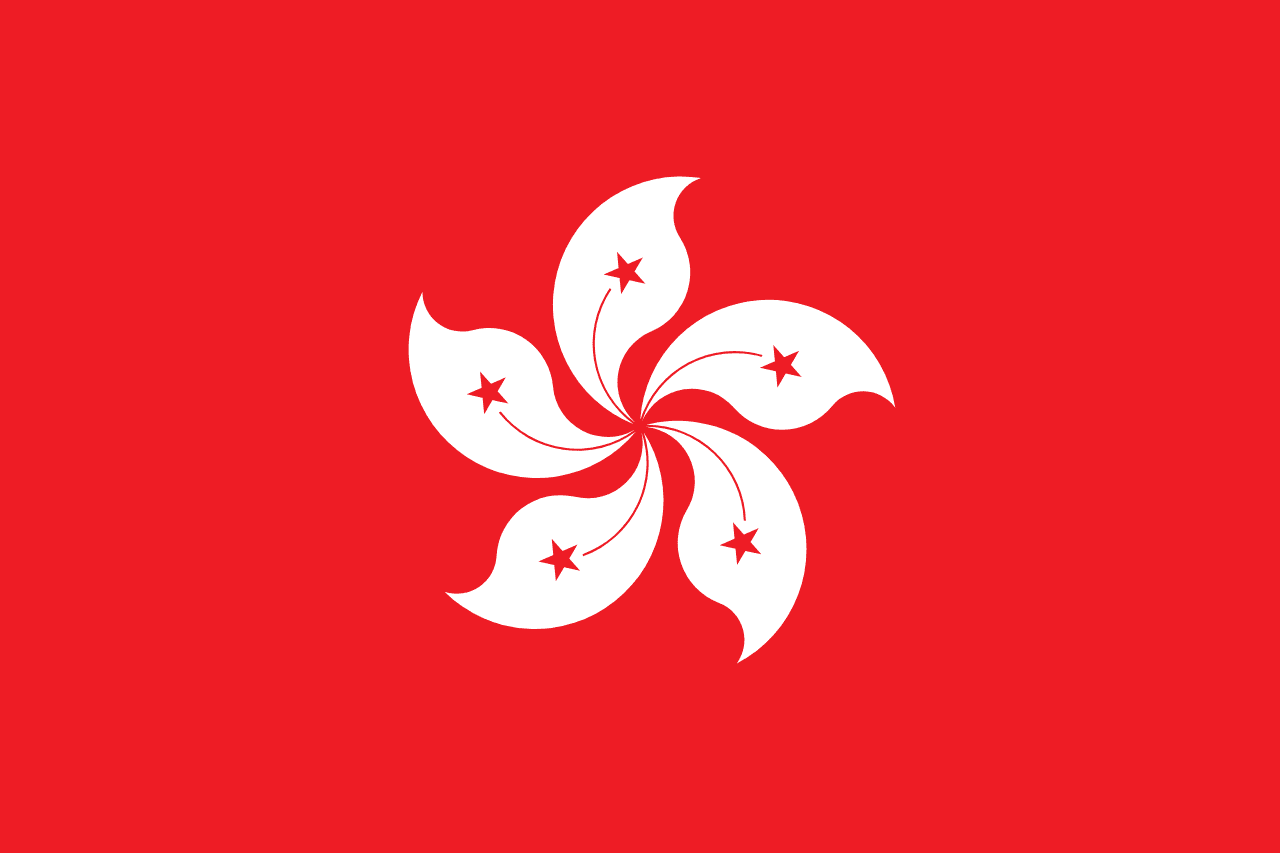The flag of India, also known as the Tricolour or Tiranga (meaning "three colors" in Hindi), consists of three equal horizontal bands of saffron (kesari) at the top, white in the middle, and green at the bottom. At the center of the white band is a navy blue wheel (the Ashoka Chakra) with 24 spokes. This iconic design, rich in symbolism and historical significance, represents the diversity, unity, and aspirations of the world's largest democracy.
India information
| National Flag Day | — |
| Sovereign state | Yes |
| Official name | Republic of India |
| Capital | New Delhi |
| Population | 1,380,090,000 |
| Area | 3,287,590 km² |
| Currency | Indian rupee (INR) |
| Language | Hindi, English, and others |
| Continent | Asia |
| Region | South Asia |
| Subregion | Indian subcontinent |
| Borders | Afghanistan, Bangladesh, Bhutan, Myanmar, China, Nepal, Pakistan |
| Timezone | India Standard Time (IST) UTC+5:30 |
| Calling code | +91 |
| Top-level domain | .in |
History of the Indian Flag
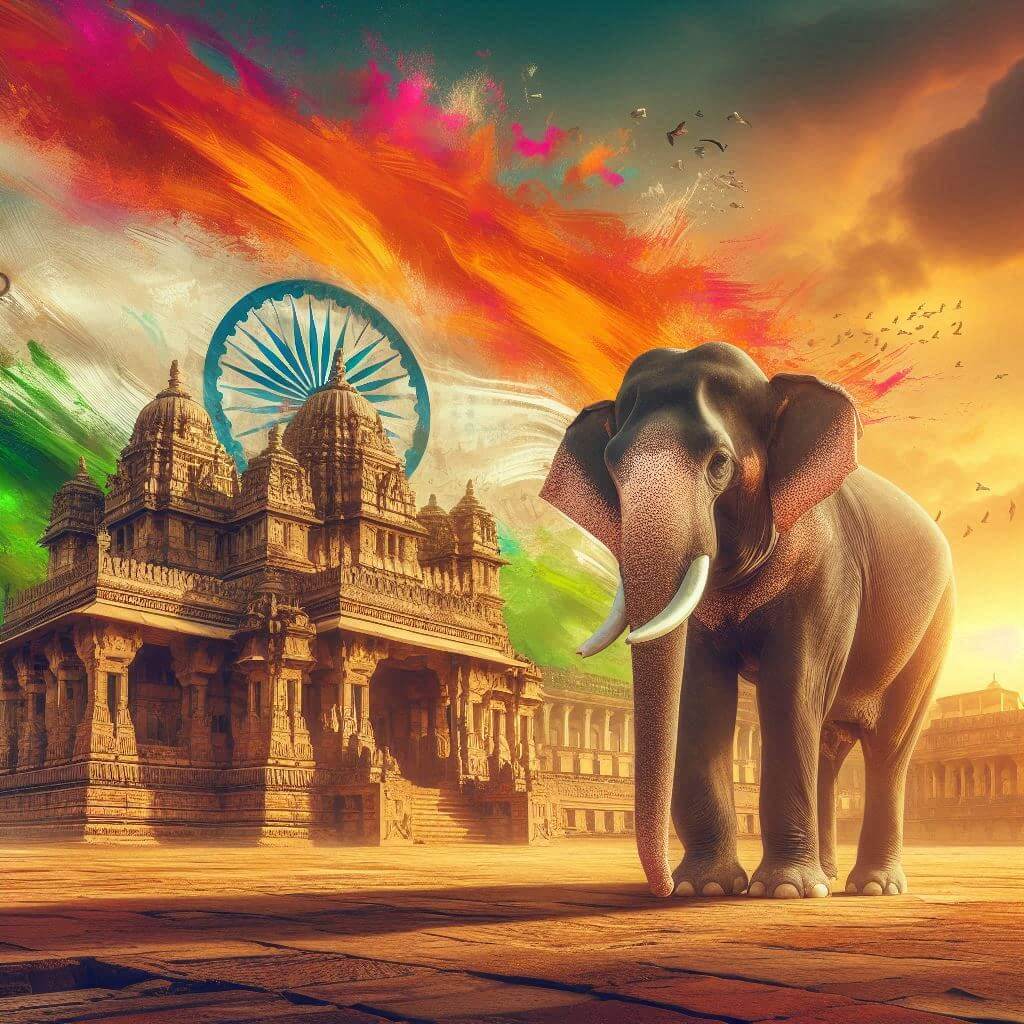 The current design of the Indian flag was officially adopted by the Constituent Assembly of India on July 22, 1947, just weeks before India gained independence from British rule on August 15, 1947. However, the flag's evolution spans several decades of India's struggle for independence.
The concept of a national flag for India emerged during the colonial period as a symbol of resistance and unity. Early versions of the flag appeared in the late 19th and early 20th centuries, often incorporating symbols like the sun, moon, and stars.
A significant milestone came in 1921 when Mahatma Gandhi proposed a flag with red and green bands, representing Hindu and Muslim communities respectively, with a spinning wheel at the center symbolizing self-reliance and independence.
In 1931, a flag similar to the current design was adopted by the Indian National Congress. It featured saffron, white, and green bands with a spinning wheel at the center. This design formed the basis for the modern Indian flag.
The final design, with the Ashoka Chakra replacing the spinning wheel, was adopted in 1947. The Chakra, taken from the Lion Capital of Ashoka, an ancient Indian sculpture, represents the "wheel of the law" in Buddhist philosophy and the principles of justice and righteousness.
The current design of the Indian flag was officially adopted by the Constituent Assembly of India on July 22, 1947, just weeks before India gained independence from British rule on August 15, 1947. However, the flag's evolution spans several decades of India's struggle for independence.
The concept of a national flag for India emerged during the colonial period as a symbol of resistance and unity. Early versions of the flag appeared in the late 19th and early 20th centuries, often incorporating symbols like the sun, moon, and stars.
A significant milestone came in 1921 when Mahatma Gandhi proposed a flag with red and green bands, representing Hindu and Muslim communities respectively, with a spinning wheel at the center symbolizing self-reliance and independence.
In 1931, a flag similar to the current design was adopted by the Indian National Congress. It featured saffron, white, and green bands with a spinning wheel at the center. This design formed the basis for the modern Indian flag.
The final design, with the Ashoka Chakra replacing the spinning wheel, was adopted in 1947. The Chakra, taken from the Lion Capital of Ashoka, an ancient Indian sculpture, represents the "wheel of the law" in Buddhist philosophy and the principles of justice and righteousness.
Symbolism and Design of the Indian Flag
Every element of the Indian flag carries deep symbolic meaning:
- Saffron (Kesari): Represents strength, courage, and the spirit of renunciation. It is often associated with Hinduism but more broadly symbolizes the country's quest for progress and development.
- White: Symbolizes truth, peace, and purity. It represents the path of light and the aspiration for unity among India's diverse communities.
- Green: Represents faith, fertility, and growth. It symbolizes India's connection to the land, its agricultural heritage, and the importance of sustainability.
- The Ashoka Chakra: The navy blue wheel at the center is a representation of the Dharma Chakra (Wheel of Law) from the Lion Capital of Ashoka. Its 24 spokes represent the 24 hours of the day, emphasizing the importance of constant progress and motion. The Chakra also symbolizes the principles of righteousness, justice, and the eternal wheel of law.
The proportions of the flag are precisely defined: the ratio of the flag's width to its length is 2:3. The Ashoka Chakra is positioned at the center of the white band and has a diameter approximately equal to the width of the white band. The choice of these colors and symbols was intentional, aiming to represent the diversity of India's religious and cultural traditions while emphasizing unity and shared national aspirations.
Usage and Significance of the Indian Flag
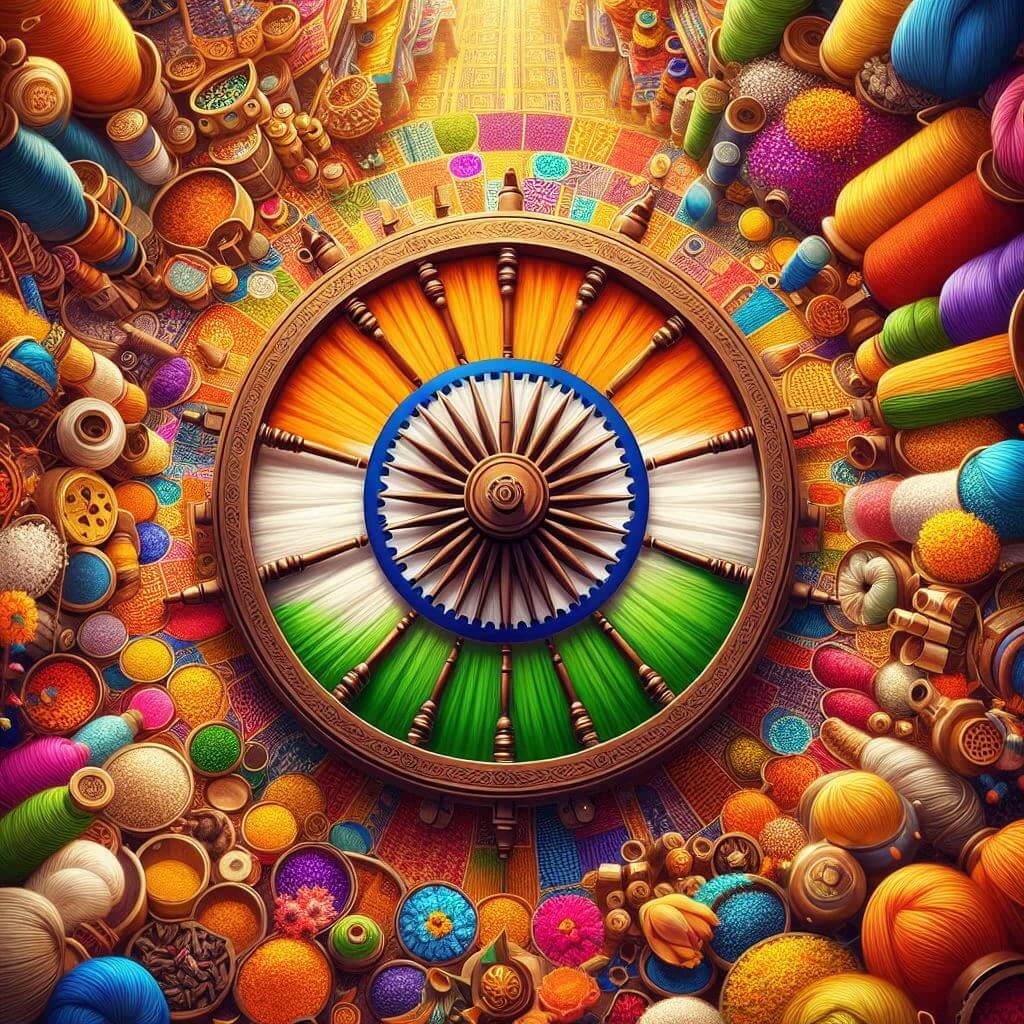 The Indian flag holds immense significance in national life and is a source of great pride for Indians. Its usage is governed by the Flag Code of India, which sets out guidelines for its display and treatment.
Key occasions for flag display include:
The Indian flag holds immense significance in national life and is a source of great pride for Indians. Its usage is governed by the Flag Code of India, which sets out guidelines for its display and treatment.
Key occasions for flag display include:
- Republic Day, celebrating the adoption of the Indian Constitution
- Independence Day, commemorating India's independence from British rule
- Gandhi Jayanti, marking Mahatma Gandhi's birthday
The flag is prominently displayed on government buildings, schools, and during official ceremonies. It's also flown at Indian diplomatic missions worldwide and used to represent India at international events and forums. In recent years, there has been a move to make the flag more accessible to ordinary citizens. Since 2002, private citizens have been allowed to fly the flag throughout the year, subject to certain conditions of dignity and respect. The flag plays a crucial role in fostering national unity and pride. It's often seen at sporting events, particularly cricket matches, where it serves as a rallying symbol for Indian fans. During times of national celebration or crisis, the flag becomes a powerful unifying force, transcending India's diverse linguistic, cultural, and religious differences.
Interesting Facts About the Indian Flag
- The Indian flag is the only national flag allowed to be made from khadi, a special type of hand-spun cloth popularized by Mahatma Gandhi as a symbol of nationalism and self-reliance.
- The original design of the flag included a spinning wheel (charkha) at the center, which was later replaced by the Ashoka Chakra to represent the eternal wheel of law.
- The precise shades of saffron, white, and green are specified in the Indian flag code to ensure consistency in production.
- The flag must always be made in India and cannot be mass-produced, emphasizing its handcrafted nature and connection to Indian craftsmanship.
- In 2014, the world's largest Indian flag was unfurled in Rajasthan, measuring 96,220 square feet.
- The Indian flag was raised on the moon in 2008 when the Indian Space Research Organisation's Chandrayaan-1 probe landed on the lunar surface.
